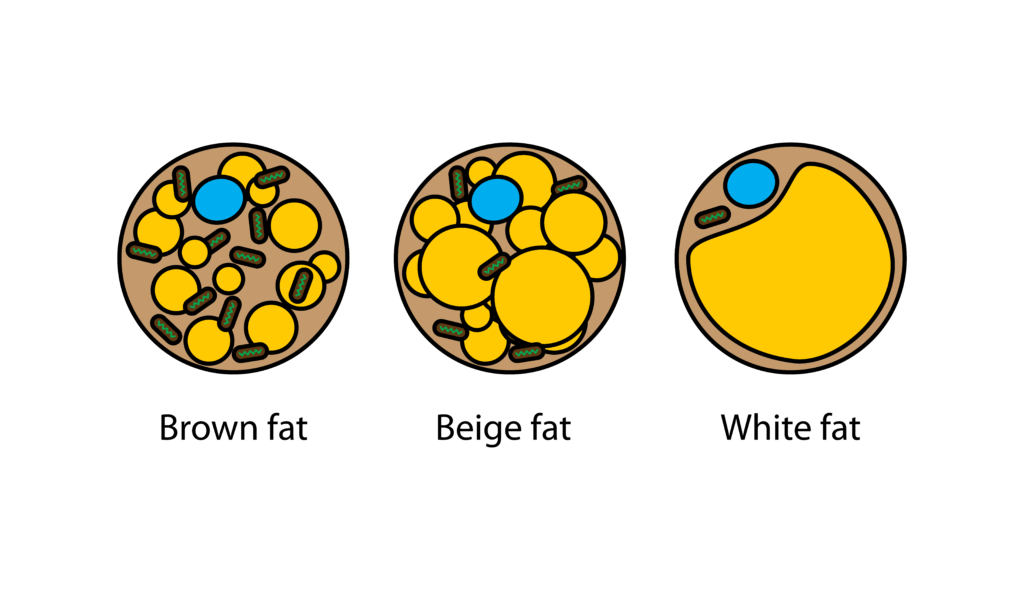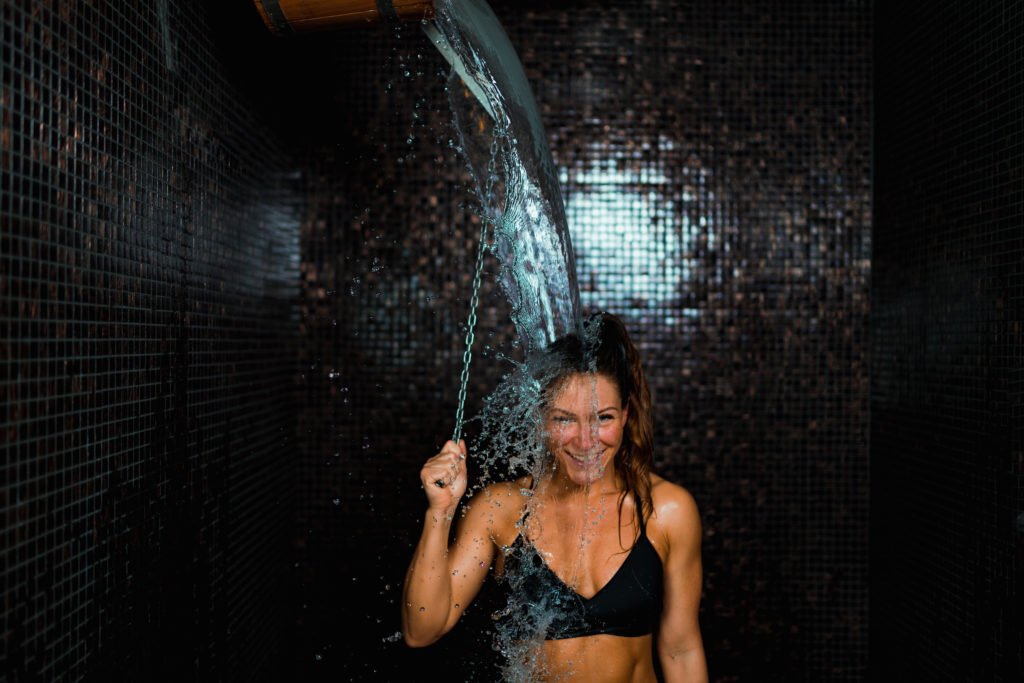From a very early age, I have taken cold showers.
You see, I was a nerd. I loved to read all sorts of thick books about rituals, foods, herbs, and basically any technique that might improve my body’s function.
And that was all by age 8!
The cold showers became part of my 8-year old routine because I had read that they increased your metabolism, burned fat, prevented illnesses, and made you just as awake as taking a coffee.
What? You weren’t worried about improving your body function as an 8-year old?
Well, it turns out that I’m not alone. Thousands of other people are sold on the idea too. Whether it’s cold showers or cold plunges in icy morning waters, they believe it will help them burn fat and lose weight (among other things).
Despite its growing number of believers, however, many remain doubtful about the benefits of cold water exposure on fat reduction. So, what’s the real scoop? Well, let’s take a dip!
How Our Fat System Works
Before we dive into the world of cold plunges and showers and their potential impact on fat, we need to start with how our system works and its relationship with fat.
For starters, let’s dispel the idea that fat is evil. It is just a source of fuel. But not all fat is the same. In simple terms, there are 3 basic “flavors” of fat (or more technically adipose tissue): white, brown, and beige.
White fat is stored, but must be oxygenated and transported elsewhere to be used. You can think of it like an old car that’s up on blocks. It will run, but needs a bit of work to get back on the road.
Brown fat is the ideal fat because of its thermogenic quality. Being thermogenic means that it is rich in mitochondria (the energy makers in our cells), which in simple terms means that the body can more readily and easily transform these fat cells into energy. As a result, you burn this type of fat more quickly. This car is gassed up and ready to go. You just need to put your foot on the gas pedal!
The third kind of fat is the so-called beige fat. As the name implies, it’s sort of in-between white and brown. It has the potential to become a thermogenic, energy-synthesizing fat (like brown fat) because it also has moderate mitochondrial composition. But it needs a little help to get there. This car is almost drivable, but just needs to be gassed up.

Why Fat Utilization is the Key
The distinction between these three types of fat is important for this dive (ahem!) into cold water exposure — and you’ll see why in a moment.
You’ve likely heard the term “burn fat.” It tends to be how we talk about the use of things like exercise to eliminate fat from our bodies — and it isn’t entirely incorrect.
Most of the fat we have in our body is the white variety. To understand how we “burn” it then, means that we need to start with understanding how our body utilizes fat. When it comes to white fat, it’s actually a two-step process.
For white fat to be burned, it first needs to be mobilized and kicked into motion through a process called lipolysis. You can think of this process like putting tires on the car and getting it off its blocks. To do this, your body needs to break the fatty acids from the glycerol that’s holding them in place so they can move around.
Once they’re free, your body can then convert them into energy. Whewf, right?
Yes, except if your body mobilizes the fat, but doesn’t oxygenate it, it turns back into fat. Great, right? The key to making sure this doesn’t happen is taking care of your nervous system. When functioning optimally, it sends axons into fat, which release epinephrine, which sends signals that optimize both the mobilization and oxidation of fat. So, if you’re super stressed out, that doesn’t happen, which means you’ll have a hard time “burning fat” and, as a result, may have a hard time maintaining your weight.
While a healthy nervous system and regular sleep are the foundation of a positive fat mobilization and oxygenation process, other things can help too — like cold water exposure! Let me explain.
The Relationship Between Cold Plunges and Fat Burning
The relationship between cold plunges and fat burning comes from an unlikely source: shivering. When you’re cold (which is what happens when you plunge into the icy depths or take a very cold shower, duh!), your body shivers. As it does, it releases adrenaline and brain epinephrine. These, in turn, begin to mobilize your fat and basically “get your system going.”
When you expose your body to the cold (by the way, even an AC-filled office can do it!), this process ironically turns on your body’s furnace system as it tries to heat itself back up, which activates your brown and beige fat, and can convert white fat into beige or brown fat cells.
The reason is that when you start shivering, your body releases succinate (which plays a huge role in energy production within mitochondria), which engages with the brown fat, increasing its thermogenesis, and helps activate beige fat and transform it into the brown variety!
So, here’s the verdict: Yes, those cold plunges or showers can help you burn fat to create energy! The trick, however, is to make sure that you’re focused on the shivering and ensuring that you don’t become acclimated to the cold — ala Wim Hof– because that’s what kicks off the whole process.

How to Embrace Cold Exposure
So, if you’re ready to take the plunge (sorry, couldn’t help myself!), here’s how to do it.
First, find a temperature that is just cold enough for you to be uncomfortable. That may mean 60° Fahrenheit at first. Eventually, however, you may find that you need to get down to 50° or even something in the 40s or 30s!
Note, however, that the goal is not to “shock” your system. In fact, too low of a temperature when you’re just starting may have adverse effects on your heart or other organs. Take it slow and make it a mindfulness exercise!
Once you’ve got the temperature set, get in the water! Stay in JUST until you’re shivering (but give yourself a second to experience the shiver!). Longer here does not equal better. As I mentioned, the aim is to get the succinate release to initiate thermogenesis — not to adapt to a colder temperature. Once you are truly shivering, step out of the shower, but don’t dry off or try to warm up. Wait for a minute, and then return to the water.
As you’ve acclimated, you may find the temperature feels warmer now. If so, you can decrease the temperature a bit more, if you’d like. But again, stay in the water just until you are shivering. Once you start shivering, step out again. Repeat this process another one or two times.
Try this practice a few times a week. Just remember, you aren’t trying to acclimate yourself to the cold. You’re just trying to seek out that subtle shiver. (I wish I knew that when I was 8 and spent 10 minutes standing in an icy shower!) So go ahead and give this practice a try. It’s about mindfulness and being an explorer. See how it works for you, and get ready to shiver off some fat!
